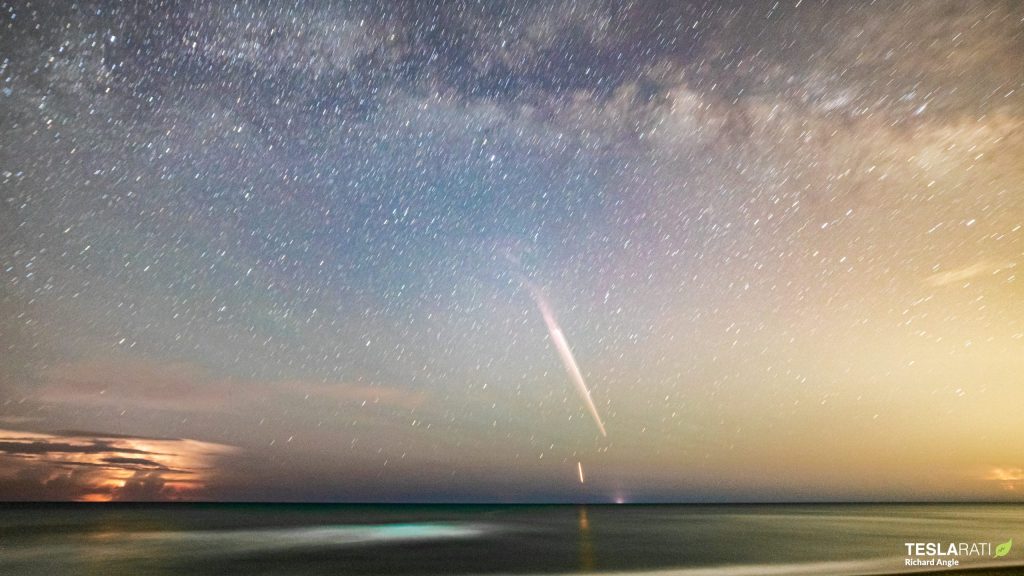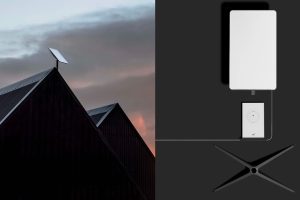Following a couple of weather-related delays, the Falcon 9 successfully lifted off at 2:19 AM ET (06:19 UTC) and pitched down range to the South East to deliver 22 second-generation Starlink satellites, also known as Starlink V2 mini-satellites.
These 22 V2 satellites were deployed just over an hour after launch into a 43-degree orbital inclination as part of Group 6-3. These V2 satellites are larger than the V1.5 satellites, with the V1.5 weighing in at around ~306 kg (675 lbs) and the V2 mini-satellites weighing in at 800 kg ( 1,800 lbs).
Because of this weight difference, the Falcon 9 can only accommodate 22 of these satellites, but each of these provides much higher capabilities than their predecessors. The V2 mini Starlinks are able to use at least four times more bandwidth than the V1.5 per satellite and feature better on-orbit maneuvering thanks to new argon Hall thrusters.

The Falcon 9 completing this mission was B1076 on its 5th flight, previously supporting CRS-26, OneWeb #16, Starlink 6-1, and Intelsat 40E/TEMPO. Approximately eight and half minutes after launch, B1076 landed on the droneship “A Shortfall of Gravitas.”
This booster likely set the record for the most mass sent to orbit for a Falcon 9 at 17.6 metric tons and still being capable of a successful landing on the droneship. Once SpaceX returns this booster to Port Canaveral, it will be brought to Hangar X at Kennedy Space Center, where it will be converted to a Falcon Heavy side booster for the EchoStar 24 launch, currently scheduled for August of this year. The booster wasn’t the only flight-proven hardware for this launch, the fairing halves were on their 8th flight overall and will be scooped out of the ocean by recovery ship ‘Doug’.
SpaceX had also attempted to launch a Falcon 9 with the Iridium OneWeb rideshare payload from Vandenberg Space Force Base this morning. However, the countdown was aborted at T-55 seconds. It is currently unknown what the issue was but if possible, SpaceX will try again tomorrow roughly around the same time, 6:15 AM PT (13:15 UTC).





